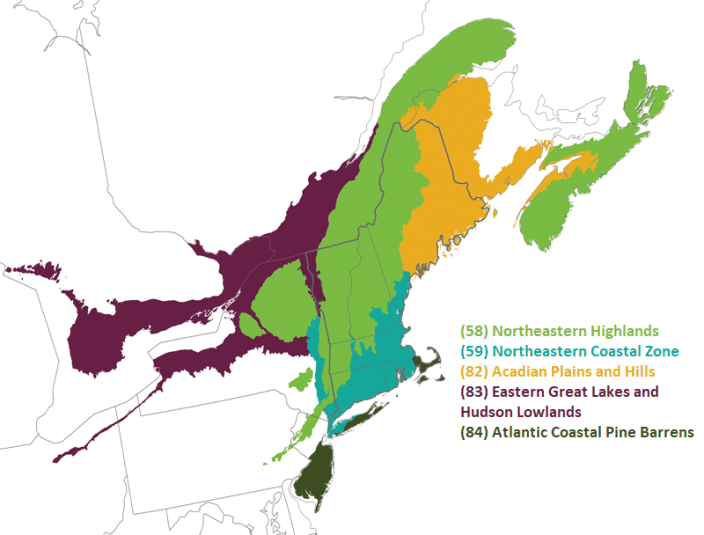I have this one random log in my latest delivery that I haven't really seen before. I'm thinking it might be hickory or ash? Very distinct bark. I've never processed hickory before and all the ash I've ever processed was long standing dead or young so the bark either wasn't there or immature. My guess is ash based on the grain.
The rest of the load is the usual suspect: red maple, red oak, and black cherry. 👍
![[Hearth.com] Wood ID: Hickory or Ash? [Hearth.com] Wood ID: Hickory or Ash?](https://www.hearth.com/talk/attachments/pxl_20230109_204025583-webp.307335/)
![[Hearth.com] Wood ID: Hickory or Ash? [Hearth.com] Wood ID: Hickory or Ash?](https://www.hearth.com/talk/attachments/pxl_20230109_204019405-webp.307334/)
![[Hearth.com] Wood ID: Hickory or Ash? [Hearth.com] Wood ID: Hickory or Ash?](https://www.hearth.com/talk/attachments/pxl_20230109_145228931-webp.307339/)
![[Hearth.com] Wood ID: Hickory or Ash? [Hearth.com] Wood ID: Hickory or Ash?](https://www.hearth.com/talk/attachments/pxl_20230109_211541329-webp.307340/)
The rest of the load is the usual suspect: red maple, red oak, and black cherry. 👍
Last edited:




![[Hearth.com] Wood ID: Hickory or Ash? [Hearth.com] Wood ID: Hickory or Ash?](https://www.hearth.com/talk/data/attachments/307/307453-f719f4060a823c94bc6722ce25fdd821.jpg?hash=H01rPl9TL9)